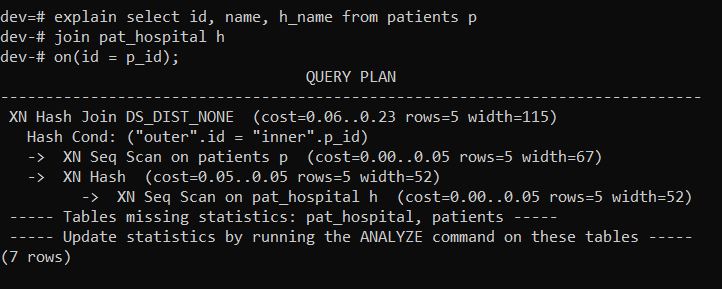
Hevo is fully managed and completely automates the process of not only loading data from your desired source but also enriching the data and transforming it into an analysis-ready format without having to write a single line of code. Hevo Data, a No-code Data Pipeline, helps you directly transfer data from 100+ data sources to Data Warehouses, BI tools, or a destination of your choice in a completely hassle-free & automated manner. And the number of slices per node depends on the node’s size. Each slice has its own allocated share of the node’s memory and disk share. Node Slice: A group of slices makes a node slice, making it the logical partition of a disk. The user can select from various node types, providing an optimum experience based on the user’s computation, storage, and business requirements. It performs computational work in a cluster. Each compute node has its CPU and attached disk storage defined. It resolves, develops, and executes database operations necessary to obtain results - for multiple, complex-in-nature queries.Ĭompute Node: A compute node consists of multiple node slices. Leader Node: The leader node communicates with the client application and the compute nodes. The Data warehouse cluster has a leader node, compute node, and node slices - these are the core infrastructure components of Redshift’s architecture.
#Redshift temp table drivers#
These two communicate using the industry-standard JDBC and ODBC drivers for PostgreSQL.

Redshift Recommended Distribution Styles.About Redshift Indexes: DISTKEY, SORTKEY, and Column Compression Encoding.Simplify Data Analysis with Hevo’s No-code Data Pipeline!.


 0 kommentar(er)
0 kommentar(er)
